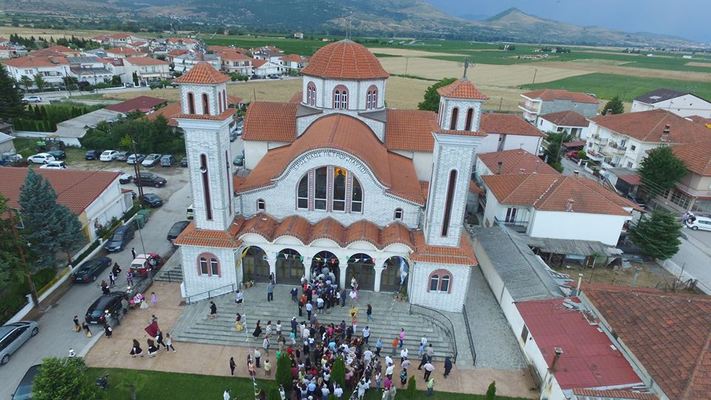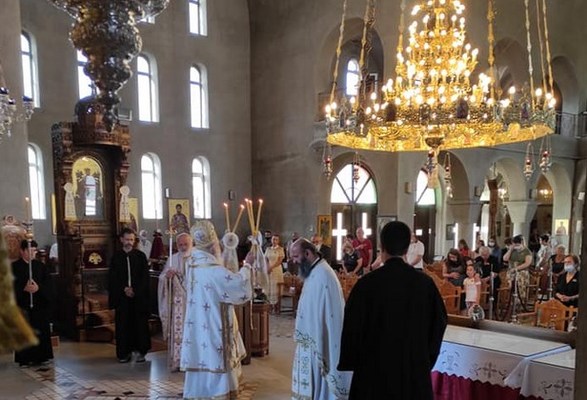Patron Saint in Georgia.
May 12. This day is of great importance for Georgians. This day is considered to be the day of the entry of the first disciple of Jesus Christ, Andrew the First-Called, into Georgia. Due to this, May 12 has been officially declared a public holiday in Georgia. The Georgian Church celebrates this event with a special liturgy. The footprints of St. Andrew still exist in Georgia. For example, according to historical sources, Andrew came to Georgia from Adjara. Adjara is one of the regions in southwestern Georgia. He built the first church on the territory of Georgia in the village of Didachara, where his footprints still exist. St. Andrew the First-Called consecrated the first Georgian bishop. This happened in the village of Atskuri. Andria performed the first great miracle in Atskuri. By the grace of the Lord, he raised from the dead a little boy who was found dead when he entered Atskuri. The Georgians who witnessed this miracle believed in the power of God and immediately converted to Christianity. The blessing of the bishop also became necessary. Due to this event, the Georgian Church has held the title of Apostolic and Patriarchal Church since ancient times. The Georgian Apostolic Church was ranked No. 6 in the list of Christian churches in the world until the 16th century - after the Patriarchal Churches of Rome, Constantinople, Alexandria, Antioch and Jerusalem.
Here is a map showing the journey of St. Andrew the First-Called to Georgia three times at different times.
This map also shows the location of the village Didachari and the village Atskuri.
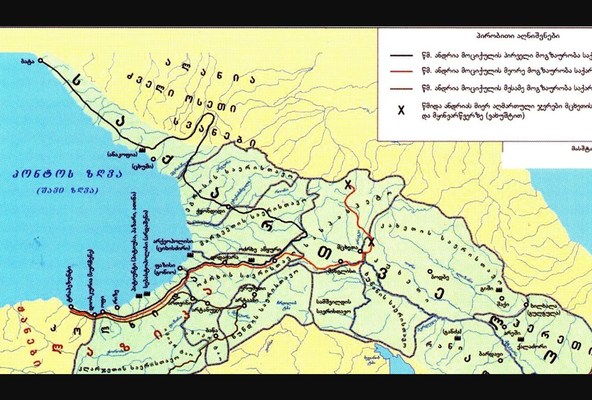
Sifnos
The biggest festival of all is that of the patron saint of the island, Panagia Chrysopigi, celebrated on Ascension Day. In the afternoon of the day before, the miracle icon of Zoodochou Pigis (the Life-Giving Spring) is ‘transported’ from the home of the ‘panigiras’ and the festival procession, with the clergy and the faithful, follows the path to the Holy Church of Agios Georgios in Kamares where the liturgy is held. Then the clergy, with the ‘panigiras’ carrying the icon, board the ferry that each year on this day adds the sacred rock of Chrysopigi to its route from Piraeus. The ship does not carry the believers because disembarkation is potentially dangerous. The crowd of believers, local people and visitors, take the road to Chrissopigi where the arrival of the icon is greeted with great enthusiasm, and the celebrations are honoured by music of the Coast Guard band.
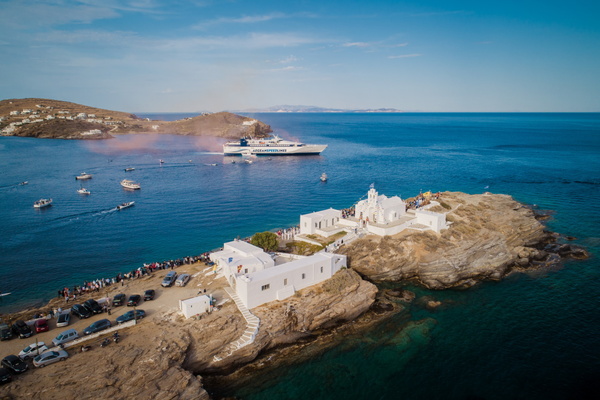
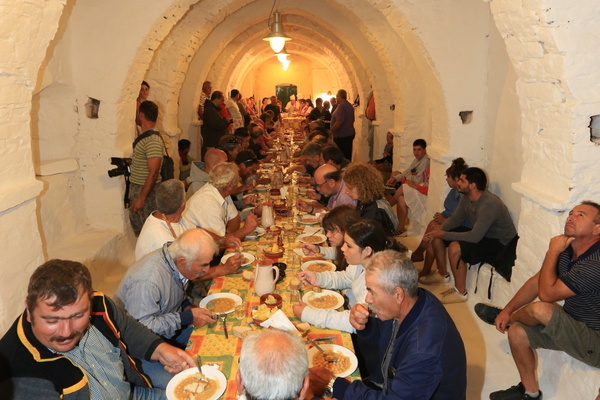
One of the most striking traditional customs of Sifnos are the festivals and their rituals. Festivals in Sifnos are usually held in the afternoon the day before the name day. Believers attend evening prayers and after the breaking of bread everyone eats together at the traditional ‘refectory tables’ reminiscent of the early Christian Agape Meals (Love Feasts). The dinner includes chickpea soup and braised lamb with pasta, all cooked in "panostries" (raised fireplaces). Wine and traditional ‘takimi’ music (played by a violin and lute duet) are never absent from the dinner. The tables are set and reset again and again until everyone present has eaten. Singing and dancing often continues on until morning.
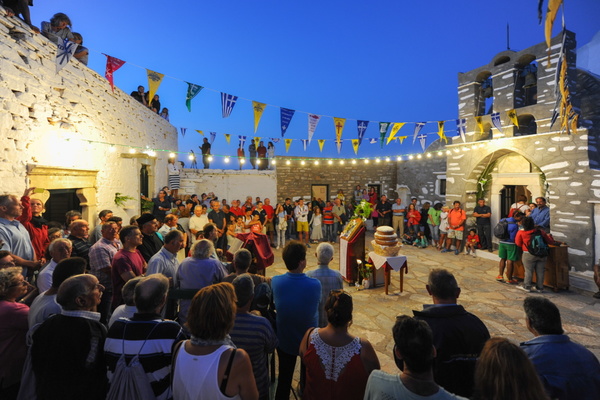
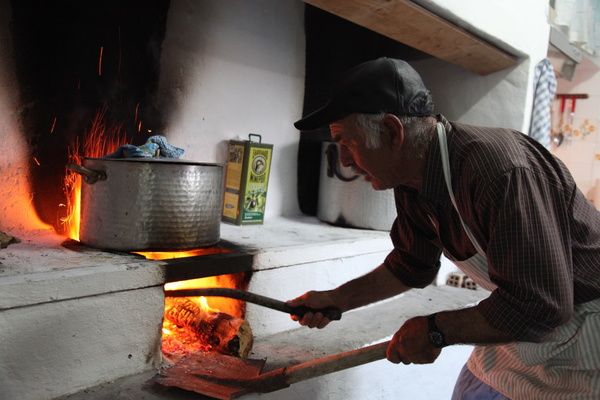
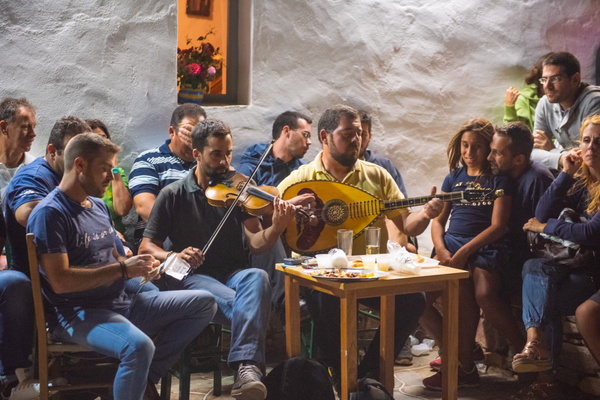
Fest of Saint Peter and Paul in Mesopotamia - Kastoria
The epicenter of the celebration of the leading Apostles Peter and Paul is for Kastoria every year the beautiful Church of the Holy Apostles Peter and Paul of Mesopotamia. Outside the Temple in the streets of the city there is a trade fair for three days with a lot of participation. In the evenings, parties are organized in the courtyard of Mesopotamia High School with live traditional bands, food and lots of dancing! The feast is attended by all the inhabitants of Mesopotamia and the nearby villages as well as Kastoria.
Chara, Anna
